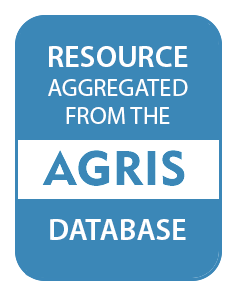Resource information
We estimate the value of three types of information about fire risk to a nonindustrial forest landowner: the relationship between fire arrival rates and stand age, the magnitude of fire arrival rates, and the efficacy of fuel reduction treatment. Our model incorporates planting density and the level and timing of fuel reduction treatment as landowner decisions. These factors affect, among other things, the loss a landowner incurs should fire arrive before harvesting. The value of information depends on the nature and combination of mistakes a landowner makes, the relationship between fire arrival and stand age, and on whether the landowner undertakes fuel treatment and values nontimber benefits. Information of various types is of most value to a landowner who does not undertake fuel treatment. The value of information about the magnitude of fire risk is also more than twice as high when the landowner underestimates fire risk, rather than overestimating it. For a landowner who undertakes fuel treatment but makes multiple mistakes, the asymmetry between overestimating and underestimating fire risk and efficacy of fuel reduction is even more pronounced.


